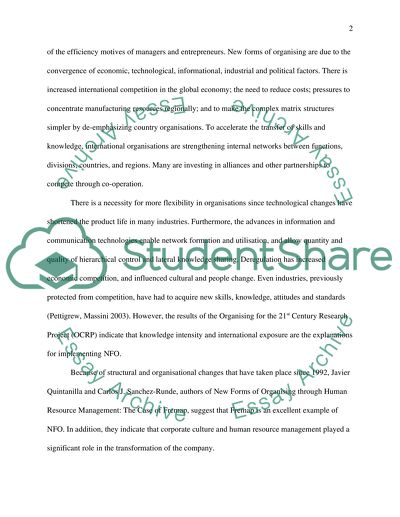Cite this document
(“Human Resource Management: technology Essay Example | Topics and Well Written Essays - 2500 words”, n.d.)
Retrieved from https://studentshare.org/miscellaneous/1508990-human-resource-management-technology
Retrieved from https://studentshare.org/miscellaneous/1508990-human-resource-management-technology
(Human Resource Management: Technology Essay Example | Topics and Well Written Essays - 2500 Words)
https://studentshare.org/miscellaneous/1508990-human-resource-management-technology.
https://studentshare.org/miscellaneous/1508990-human-resource-management-technology.
“Human Resource Management: Technology Essay Example | Topics and Well Written Essays - 2500 Words”, n.d. https://studentshare.org/miscellaneous/1508990-human-resource-management-technology.


